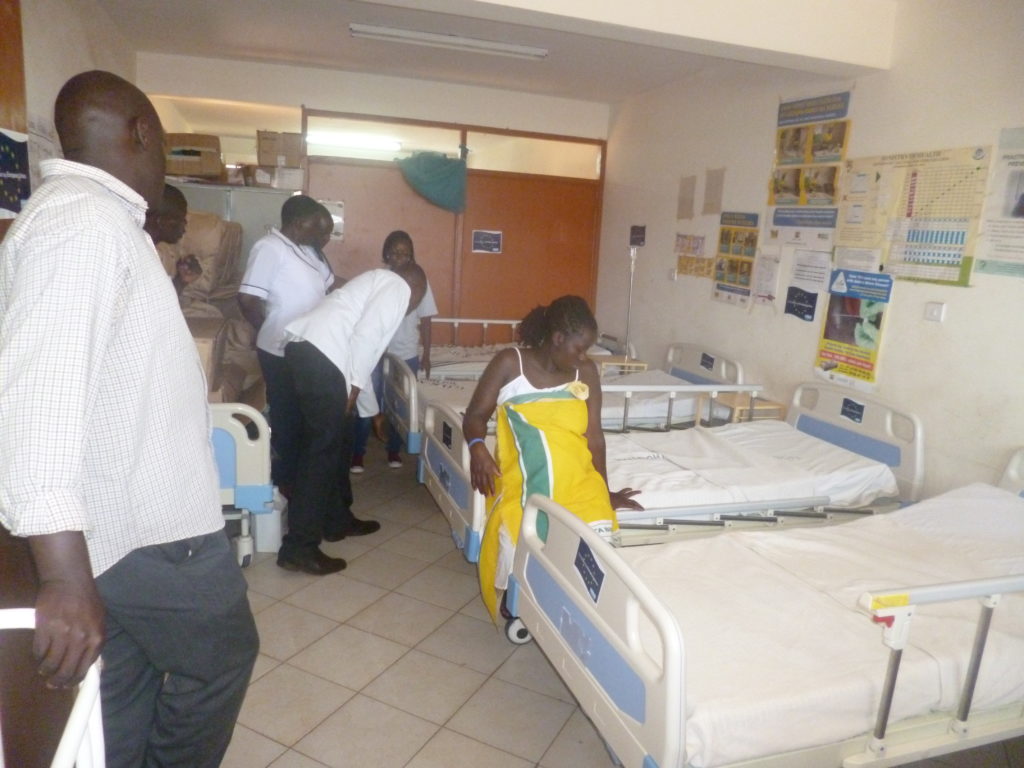By Okong’o Oduya
At least 40% of residents in Busia County suffer from Malaria disease annually. According to cabinet secretary Busia County Dr. Maurice Siminyu this is as a result of failure or poor use of mosquito nets.
Addressing the public at Nambale youth polytechnic during world Malaria day celebrations Siminyu noted that despite the efforts of the county government of Busia and other stakeholders in the health sector to distribute free mosquito nets little has been realized. Siminyu further noted that the majority of people misuse the nets by using them fencing their farms to prevent them from destruction.
“We are trying to fight malaria in our county but the efforts are paralyzed by our people themselves. We get these nets instead of using them as required we direct them to protect our farms and rearing of poultry.” He said.
The SC thanked the county assembly of Busia for passing three bills that will improve health sector in the county. He urged the county assembly to pass the other three remaining bills into laws in order to strengthen health sector.
On his side chairman anti Malaria campaign Dr. Evans Kiplagat thanked stakeholders and the county Government working together to eradicate Malaria in the county. He urged residents of Busia to properly utilize the nets they are given by the county government and other stakeholders to prevent further spreading of malaria.
“I want to thank every stakeholder on the roles you are playing to make sure we reduce the spread of malaria in our county. It is through your efforts cases of malaria have reduced. I also want to challenge people of this county to make proper use of these nets. It is unethical to convert them into garden fences and facilities for rearing chicken. That is too bad. We cannot be spending Millions of shillings to obtain these nets to be badly used off” he warned.
According to KEMRI Malaria transmission in the western highlands of Kenya is seasonal, with considerable year-to-year variation. The epidemic phenomenon is experienced when climatic conditions favour sustainability of minimum temperatures around 180 C. This increase in minimum temperatures during the long rains period favours and sustains vector breeding resulting in increased intensity of malaria transmission.The whole population is vulnerable and case fatality rates during an epidemic can be up to tentimes greater than what is experienced in regions where malaria occurs regularly.
KEMRI continues to say that 25 million out of a population of 34 million Kenyans are at risk of malaria.It accounts for 30-50% of all outpatient attendance and 20% of all admissions to health facilities.An estimated 170 million working days are lost to the disease each year (MOH 2001).Malaria is also estimated to cause 20% of all deaths in children under five (MOH 2006).The most vulnerable group to malaria infections are pregnant women and children under 5 years of age















